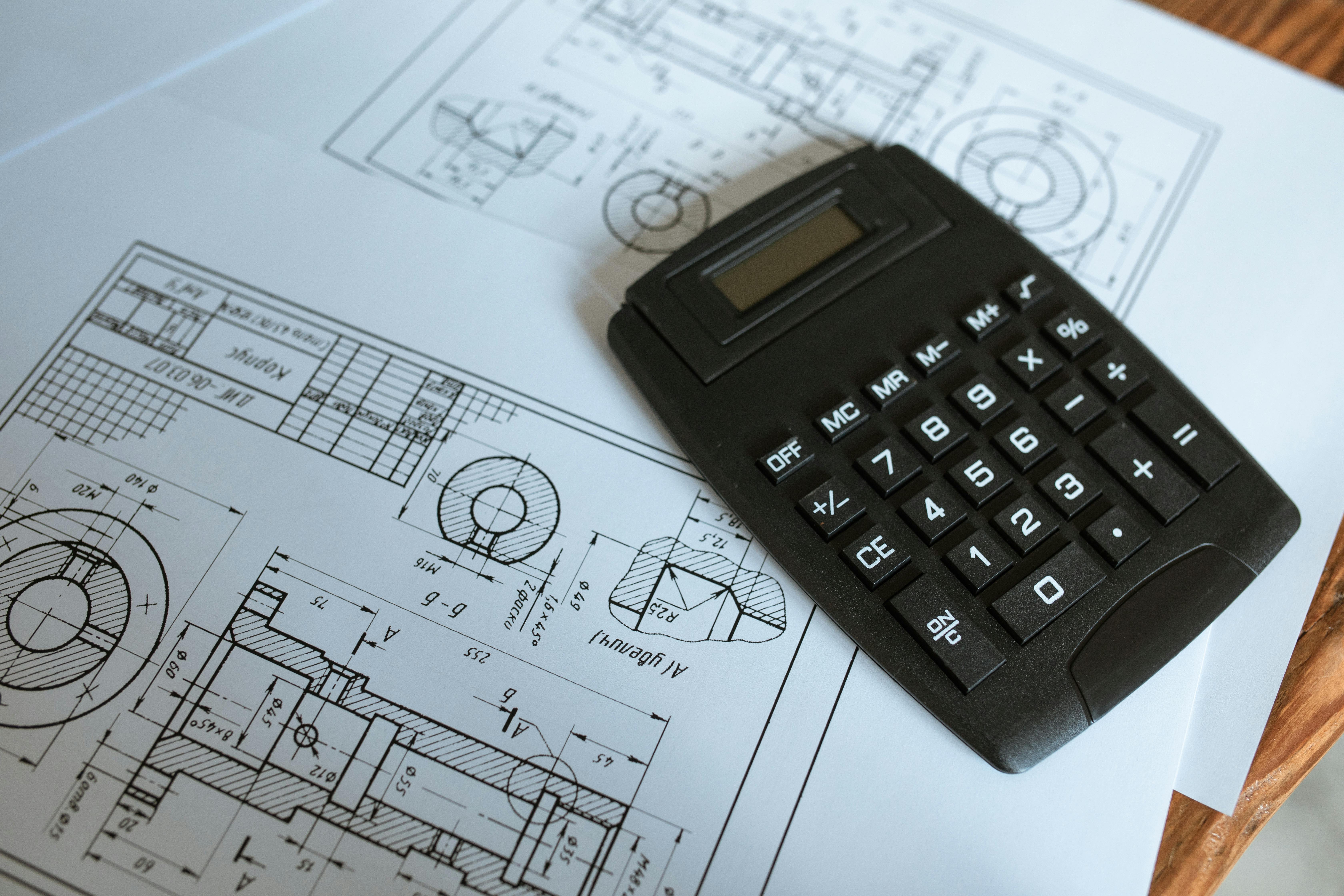By checking the health of your building every year, you can avoid costly repairs and restoration work. Just like you and me, a regular checkup can catch potential problems before they become a problem. Prevention can be used before a cure is needed. Neglect, on the other hand, can lead to big trouble. Forget cleaning your gutters month after month and you may find water leaks in your building.
Just before winter is the most important time of year for maintenance. You must prepare your building for bad weather so that it survives the season without any damage. Rain and wind can really put a strain on a building’s structure, so it’s essential that it can withstand the weather.
Make sure you have the right equipment for the job before beginning any maintenance project. Protective clothing and gloves are essential and you may need a helmet. For any tall job, make sure you have the proper safety equipment. If you’re not sure, always have a second person to help and ask an expert if you find something beyond your knowledge base. If you tackle jobs that are too big, you could end up doing more harm than good.
So what should you do at your annual maintenance check? Well, the roof is critical to keeping the building warm and dry, so checking it is number one on the list. Look for the missing tiles where water or animals could enter. Rooftops can be difficult to reach at times, so looking from a building next door can provide a good vantage point. Moss should be removed from your roof as this can cause drainage problems, and your chimney should be closely checked as it is a weak area.
We already mentioned blocked gutters; they do an essential job, so make sure they are clear. If you live in a wooded area, you may need to clean your gutters regularly due to fallen leaves. If there are drains around the bottom of the building, make sure they are clear as well; this will avoid moisture by capillarity.
The walls should be checked every year for signs of erosion. Badly eroded mortar should be replaced and small cracks filled with mortar to provide good wall protection. Larger cracks should be referred to an expert who will keep an eye on them; a widening crack is a sign of subsidence and other underlying structural issues.
All external wood around door and window frames should be checked for rot. A carpenter can repair this and you should consult him before thinking of replacing it. He must try to preserve the character of the building whenever possible.
Always use traditional materials when making repairs; they must be comprehensive to preserve the appearance of your building. Also check with the planning department if you are not sure what you can do. You may be able to use modern materials, or the rules may be quite strict.



